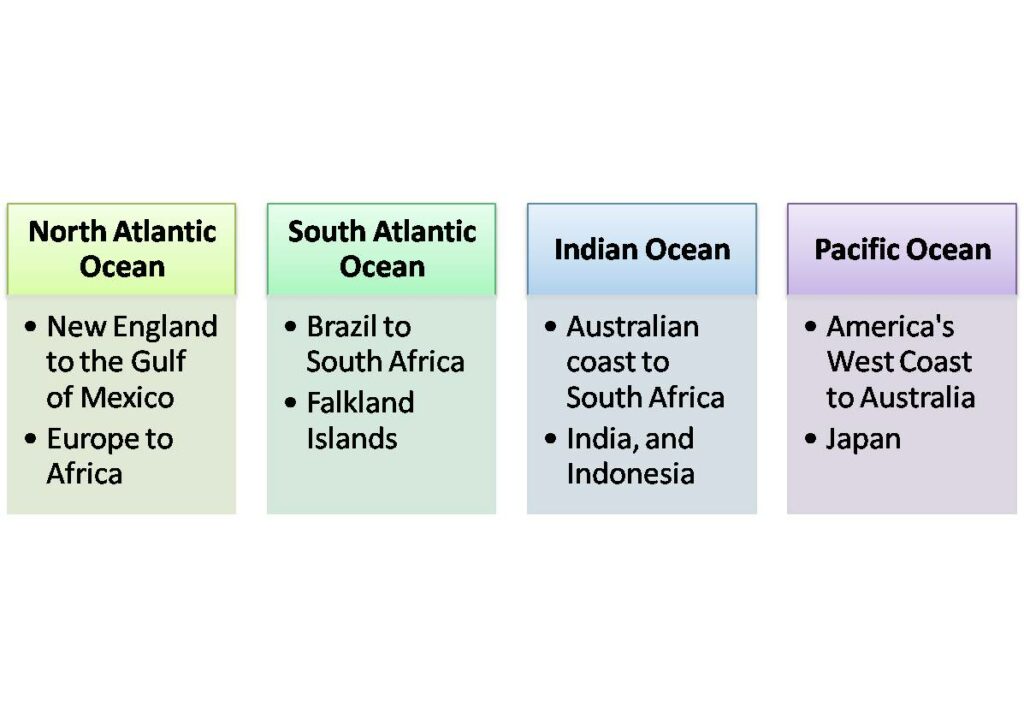Key Takeaways
- Great white sharks are one of the most feared and misunderstood creatures in the ocean.
- They are apex predators and play a crucial role in maintaining the balance of marine ecosystems.
- Great white sharks have a unique set of adaptations that make them highly efficient hunters.
- Despite their fearsome reputation, great white sharks rarely attack humans and are not actively seeking them out as prey.
- Conservation efforts are necessary to protect great white sharks and ensure their survival in the face of various threats, such as overfishing and habitat destruction.
- Research and monitoring programs are essential for understanding the behavior and population dynamics of great white sharks.
- Public education and awareness campaigns can help dispel misconceptions about great white sharks and promote their conservation.
- Great white sharks are a valuable asset to ecotourism, providing economic benefits to coastal communities.
- Collaboration between scientists, policymakers, and local communities is crucial for effective conservation strategies for great white sharks.
- By protecting great white sharks, we are also safeguarding the health and diversity of our oceans.
The “king of the ocean,” the Great White Shark is a fearsome creature known for its strength and magnificence. With its streamlined body and jaws of razor-sharp teeth, it inspires terror! But there’s much more to this species than meets the eye.
Investigating further, we discover a plethora of facts about these remarkable sharks. Despite their intimidating size and strength, they’re exceptionally intelligent and can solve complex problems. Plus, their powerful sense of smell allows them to detect prey from miles away. Additionally, their bite force is 4,000 pounds per square inch. Incredible!

What truly sets them apart is their ability to breach out of the water during hunting. This astonishing behavior involves leaping their entire bodies out of the sea to pursue seals or sea lions. It’s a breathtaking sight and an impressive display of agility and power.
Exploring the history of these majestic animals reveals an inspiring tale of resilience and adaptability. Contrary to popular belief, Great White Sharks aren’t mindless killing machines. They are highly evolved predators vital for maintaining balance in marine ecosystems. By learning more about them, we can protect them and keep them around for future generations.
So let’s embark on a journey into the captivating world of the Great White Shark. Get ready to be amazed as we explore its mysterious depths and uncover its splendor.
Overview of Great White Sharks
The Great White Shark, or Carcharodon carcharias, is an awe-inspiring creature. It has a streamlined body and razor-sharp teeth, and it is easily recognizable with its iconic grayish-blue hue on top and white underbelly. It can grow up to 20 feet in length and weighs over 5,000 pounds.
These sharks have captured our imaginations for centuries, starring in numerous films and documentaries. They are ruthless hunters, reaching speeds of up to 35 miles per hour when chasing down their prey. They eat seals, sea lions, and smaller fish species.
Great Whites can breach the water’s surface during hunts. This is a spectacular display of power, but they play an essential role in maintaining balance within the oceanic food web. Research has revealed that they have complex social structures and long-distance migrations. This underlines the need for further scientific exploration.
Physical Characteristics of Great White Sharks
The Great White Shark is an awe-inspiring species, renowned for their immense size. They can grow up to 20 feet long! Also, they have a famously powerful bite force, which gives them an advantage over their prey.
These predatory fish possess a unique white coloration on their belly, allowing them to blend in with their surroundings when viewed from below. And they are equipped with rows of sharp and serrated teeth, which can be replaced up to 300 times throughout their lifetime.

Furthermore, Great White Sharks have exceptional sensory perception, with the ability to detect electrical signals and chemical cues in dark or murky waters. They even have the impressive ability to breach out of the water to hunt seals near the surface.
This incredible species has made its mark in the ocean, from Australia to Cape Cod – the Great White Shark is a truly remarkable predator.
Habitat and Distribution of Great White Shark
The Great White Shark is widely distributed and can be found in various habitats. Let’s discover some intriguing facts about its habitat and distribution!
- In the North Atlantic Ocean, it has coastlines and open ocean, and its distribution stretches from New England to the Gulf of Mexico, and from Europe to Africa.
- In the South Atlantic Ocean, it inhabits coastlines and offshore islands from Brazil to South Africa, plus the Falkland Islands.
- In the Indian Ocean, it prefers tropical waters and coral reefs from the Australian coast all the way to South Africa, India, and Indonesia.
- The Pacific Ocean is home too, with coastlines and kelp forests from America’s West Coast to Australia and Japan.
It’s remarkable how the Great White Shark can thrive in a wide range of water temperatures, making it possible to inhabit both warm tropical waters and colder regions.

One example is the famous Great White Shark named “Katharine” who made headlines after her tracking device showed her incredible journey from Florida to Nova Scotia – an astonishing 3,500 miles!
Their diet is quite varied, with seals, sea lions, and the occasional adventurous surfer among their favorite meals!
Feeding Habits and Diet of Great White Shark
Great White Sharks are legendary for their unique feeding habits and diet. They are opportunistic hunters, primarily preying on marine mammals like seals and sea lions. The main part of their diet is made up of these marine mammals, with 70% of their intake. They also consume fish and other sharks, which make up 20%, and squid, octopus, sea turtles, and seabirds which make up the remaining 5%.
When the opportunity arises, Great White Sharks have also been known to scavenge on carcasses or carrion. This adaptation allows them to make use of extra food sources in their environment.
One amazing story of Great White Shark’s feeding behavior occurred off the coast of South Africa. Researchers observed a shark leaping out of the water to catch a seal mid-air before returning to the ocean depths! This display was an incredible show of agility and precision.
Great White Sharks have exceptional feeding habits and a diverse diet that demonstrate their vital role in marine ecosystems. Knowing their feeding behavior is key in studying and protecting these awe-inspiring creatures.
Behavior and Social Structure of Great White Shark
The behavior and social structure of the Great White Shark is truly fascinating. These apex predators have special traits that separate them from other shark species. To understand more, here’s a table:
| Aspect | Description |
|---|---|
| Hunting Behavior | Great Whites use their strong speed to surprise and attack their prey. They often breach the water surface to do this. |
| Social Interactions | They may be solitary creatures, but research shows they mate and group feed. |
| Migration Patterns | They have impressive navigation skills and travel thousands of miles in a year. |
| Communication | Through body language, vocalizations, and signals, they communicate with each other to be dominant or attract mates. |
Plus, they can control their body temperature, so they can live in different oceanic environments.
Also, recent studies suggest they have a hierarchy within certain populations, which goes against assumptions that they’re only solitary.
Conservationists are trying to help, because who else will terrify beachgoers and inspire Jaws sequels?
Great White Shark Conservation Status and Threats
The Great White Shark is in a vulnerable state due to various threats. These include overfishing, habitat destruction, climate change, bycatch and illegal hunting. It’s an uphill battle for these majestic creatures! Climate change is a major worry; plus, bycatch and unlawful hunting pile more pressure.
Pro Tip: Helping organizations focused on preserving marine surroundings can aid in the protection of not only the Great White Shark, but countless other species too.
Playing a game of ‘Who Can Hold Their Breath Longer‘ with a Great White Shark? The stakes are high, so stay safe!
Great White Shark Interaction with Humans
Humans have had many interactions with great white sharks – some good and some bad. Let’s overview the main types: ecotourism, shark attacks, conservation efforts, and media influence.
Contrary to popular thought, these creatures don’t target humans. Most encounters are accidental. To make interactions safer, follow these tips: avoid swimming in areas of high shark activity during feeding times, and support conservation programs.
This way, we can increase understanding of Great Whites and coexist with them safely. They play an important role in marine ecosystems, so it’s vital to recognize this. After reading about Great White Sharks, you might think twice before taking a swim in the ocean!
Frequently Asked Questions
FAQ
1. What is a Great White Shark?
A Great White Shark is a large predatory shark species known for its distinctive white coloration and powerful jaws.
2. How big can a Great White Shark get?
A fully grown Great White Shark can reach lengths of up to 20 feet and weigh over 5,000 pounds.
3. Are Great White Sharks dangerous to humans?
While Great White Sharks are capable of attacking humans, they do not intentionally prey on them. Most shark attacks on humans are cases of mistaken identity.
4. What do Great White Sharks eat?
Great White Sharks primarily feed on marine mammals such as seals, sea lions, and small whales. They are also known to consume fish and carrion.
5. Where do Great White Sharks live?
Great White Sharks are found in coastal waters of temperate and subtropical regions around the world, including the coasts of California, South Africa, and Australia.
6. Are Great White Sharks an endangered species?
Great White Sharks are currently listed as a vulnerable species due to overfishing, habitat loss, and accidental capture in fishing gear. Conservation efforts are being made to protect them.
Conclusion
The Great White Shark is a captivating creature! Its size and power draw us in. We learned about its behavior, habitat, and diet. Truly remarkable and formidable!
We discover more: these awesome creatures can leap out of the water! An impressive show of strength. Plus, their immense size and sharp teeth make them fierce hunters.
To save these amazing animals, we must act. One way is to research their behavior and migration patterns. Knowing their movements helps protect their homes.
Another option is to promote responsible tourism. Support tour operators that prioritize education, respect, and sustainability. This helps protect Great White Sharks.
Reference:




